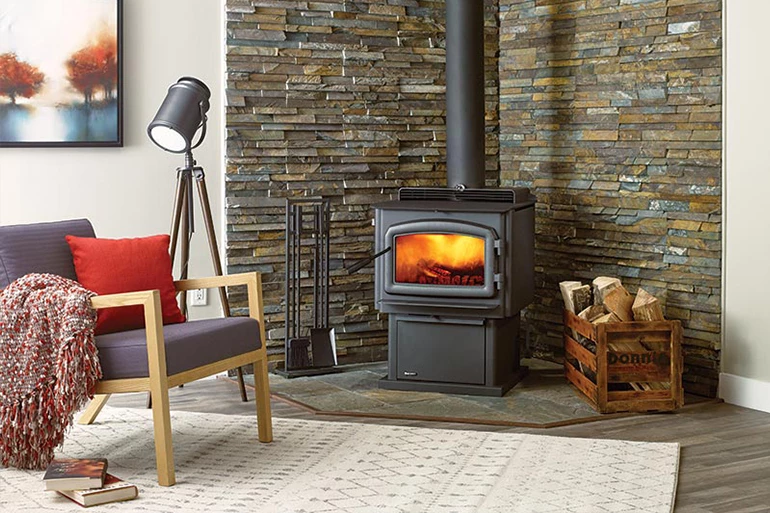How To Maximize The Burn Time For Your Wood Stove
On a cold, wintry night there's nothing better than snuggling by the fireplace with people you love. The only thing that could ruin the moment is having a wood stove or wood fireplace that isn't operating at its full potential. No one wants to get up every 30 minutes and refuel their wood stove. In this article, we are going to discuss what a burn time is and what you can do to maximize yours so you can stay snuggling as long as possible.
What is a fireplace burn time?
For the sake of clarity, we need to say that this article will only be discussing wood stoves and EPA-certified fireplaces. Decorative, open-faced wood burning fireplaces are not made to burn for long periods of time between refueling, nor does the manufacturer offer a rated burn time for them. Therefore, you will never find one with a "burn time" listed in its product description. When a manufacturer lists the burn time of a wood stove they are referring to the time the stove is expected to maintain a fire with a single load of wood.


